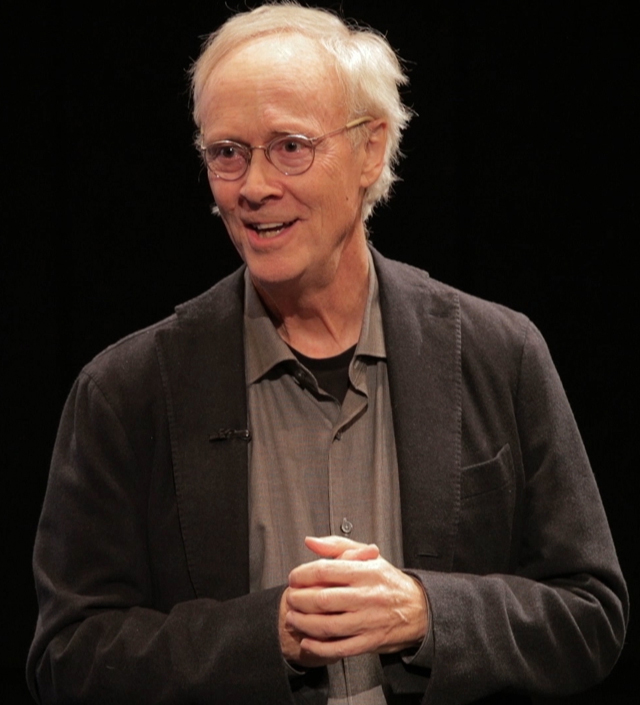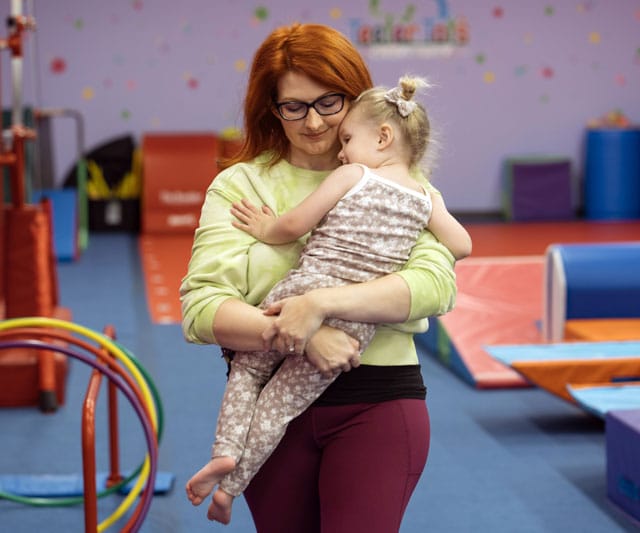At 10 a.m. Fridays, Richard Bement and Zach Ahmed sign on to their weekly video chat. The program that brought them together provides online discussion prompts and suggests arts-related activities. But the two largely ignore all that.
“We just started talking about things that were important to us,” said Ahmed, 19, a pre-med student at Miami University in Oxford, Ohio.
Since the pair met more than a year ago, conversation topics have included: Pink Floyd, in a long exploration led by Bement, 76, a retired sales manager in Milford Township, Ohio; their religious faiths (the senior conversation partner is Episcopalian; the younger is Muslim); their families; changing gender norms; and poetry, including Ahmed’s own efforts.
“There’s this fallacy that these two generations can’t communicate,” Bement said. “I don’t find that to be true.”
“Zach tells me about his organic chemistry class, about being a student in 2024. I afford Zach an opportunity to share with me what it’s like to be him, and vice versa.”
Thousands of Programs
Miami University began Opening Minds Through Art, to foster intergenerational understanding, in 2007 and introduced an online version in 2022. This semester, about 70 pairs have enrolled in the video program. Another 73 students engage in OMA-sponsored arts activities with people who have dementia at a nursing home, a senior center and an adult day program.
There are thousands of similar programs, said Donna Butts, executive director of Generations United, which promotes such efforts. Intergenerational programs can involve toddlers in day care centers playing with nursing home residents, older adults and elementary school children engaging in community gardening or college students and seniors joining forces against climate change.
“As age segregation in our society has increased, the impetus to try to overcome it has definitely grown,” said Karl Pillemer, a Cornell gerontologist who has led research on intergenerational communication.
Factors including early retirement, age-segregated housing and a decline in church membership and traditional social organizations have produced “a decrease in opportunities for natural intergenerational interactions,” Pillemer said.
“There are whole industries where older people are uncommon,” he added, pointing to advertising, entertainment and technology. “Most people’s networks consist only of people 10 years older or 10 years younger than they are.”
Ageism’s Toll on Health
One reason that matters is the documented toll ageism takes on older adults’ health. Repeatedly, studies demonstrating the impact of older people’s negative attitudes about aging. Yale psychologist Dr. Becca Levy has led many studies that have found associations between negative attitudes about aging and the risks of cardiovascular events such as strokes and heart attacks, and psychiatric illnesses including depression and anxiety.
People with positive feelings about age, on the other hand, do better on memory and hearing tests. They also have better physical function and recover more quickly from periods of disability. And they live longer.
Attitudes Can Change
Levy has found that ageist attitudes form early in childhood, but can change. Intergenerational programs are one way to counter them.
For instance, several studies of OMA have demonstrated that after a single semester, student participants had improved overall attitudes toward people with dementia and greater comfort with them.
In another study, younger participants developed greater affection, kinship, engagement and enthusiasm toward older people with dementia, compared with students who didn’t participate. Research with medical students who participated in OMA found similar results.
Moreover, “as we have gotten more information on intergenerational programs, enough high-quality studies using comparison groups, the news gets better and better,” said Pillemer, the senior author of a 2019 meta-analysis finding that intergenerational programs significantly reduced ageism among younger participants.
Leaving a Legacy
A recent meta-analysis of 23 intergenerational program studies from nine countries found other effects including less depression, better physical health and increased “generativity” among older adults. The effects were small but statistically significant.
Generativity refers to the desire to leave a legacy. Pillemer describes it as “a developmental need older people experience, assisting younger generations to create a better world that they themselves won’t live to see.”
In Rochester, New York, for instance, young employees at the Center for Teen Empowerment worked with older members of a community group, Clarissa Street Legacy, to produce a film and exhibit that documented a lively Black community that was nearly destroyed by the construction of a highway decades ago.
The teenagers “came to our homes with cameras and mics and asked us questions and listened as we described what Clarissa Street meant to us,” said Kathy Sprague-Dexter, 77, who grew up in the neighborhood and witnessed the displacement. “Our thinking was, we’re not going to be around for long. We need younger people to be a part of this.”
The documentary film has been shown in high schools and colleges nationwide. The exhibit, following several weeks in a downtown arts space, will reopen on Feb. 21 at the Rochester Public Library.
“I don’t think we could have accomplished this without the young folks, their ingenuity, their skills and connections,” Sprague-Dexter said. “They were carrying the load.”
Programs Come and Go
Attempts to bridge a multigenerational gap don’t always achieve success. Programs come and go. A 2022 Generations United survey found that 40% of responding intergenerational programs had operated for a decade or longer but almost half had just begun within the past year.
“You can’t just put people in the same room and expect something to happen,” said Dr. Shannon Jarrott, a gerontologist and researcher at Ohio State University. The most effective programs provide preparatory training for participants on both ends of the age spectrum, she said, with activities and equipment appropriate for all parties.
They work best with “consistent pairing,” so that the same two people “have a chance to keep building that relationship,” Jarrott explained. More frequent interactions appear to have greater effects.
“What really works is equal-status contact,” Pillemer said. “It’s not just a service project, primarily seen as a young person helping an older person.”
“It’s only been 150 years or so since people went to anyone other than the oldest person in a community for advice about finding a mate or what crops to plant in a drought,” he added. “It’s a dangerous experiment to have a society in which that doesn’t happen.”
Benefits for Younger People
Initially, Ahmed did think of the program, suggested to him by a sociology professor as a way to earn additional college credit, as a kind of favor.
“I signed up expecting to gain nothing for myself,” he said. “The idea of elderly people as they age is rather depressing. They lose a lot of people in their lives.”
But as conversations with Bement unfolded, Ahmed realized that the program was helping him too. “Things I’ve read about in history books, he has lived through,” Ahmed said of Bement. “It changes the stereotypic, stigmatized view of elderly people. They have stories and experiences and more life than I’ve had.”
The pair are now in their third semester. They met in person once, for dinner. “It was wonderful,” Bement recalled. “My life has been enhanced by this relationship.”
Might they continue next year? “Why not?” Ahmed said. “I really do value this friendship.”
Bement has acquired two new students to talk with, but said he would always make time for Ahmed.
c.2024 The New York Times Company. This article originally appeared in The New York Times.







